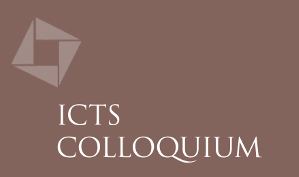In the early 1800s, Thomas Young performed a homespun experiment with a sunbeam split into two, and challenged our understanding of the nature of light. He had done the first ever double-slit experiment. With the birth of quantum mechanics, starting in the early 1900s, this experiment—now done with individual photons, electrons, atoms, and even molecules—started challenging our ideas about the nature of reality itself. How can a single particle behave both like a particle and a wave? Does a particle, or indeed reality, exist before we look at it, or does looking create reality, as the textbook "Copenhagen interpretation" of quantum mechanics seems to suggest? How can particles influence each other faster than the speed of light? Is there a place where the quantum world ends and the familiar classical world of our daily lives begins, and if so, can we find it? And if there's no such place, then does the universe split into two each time a particle goes through the double-slit?
In this talk, Anil Ananthaswamy will discuss how the history of the 200-year-old double-slit experiment is also the story of the mysteries and paradoxes of quantum mechanics. There is no such single experiment in all of science. In the 1960s, Richard Feynman said that the experiment contains the "central mystery" of the quantum world. Even he would have been amazed at just how far physicists have pushed this experiment, and how it still continues to confound and challenge our intuitions about the nature of reality.


